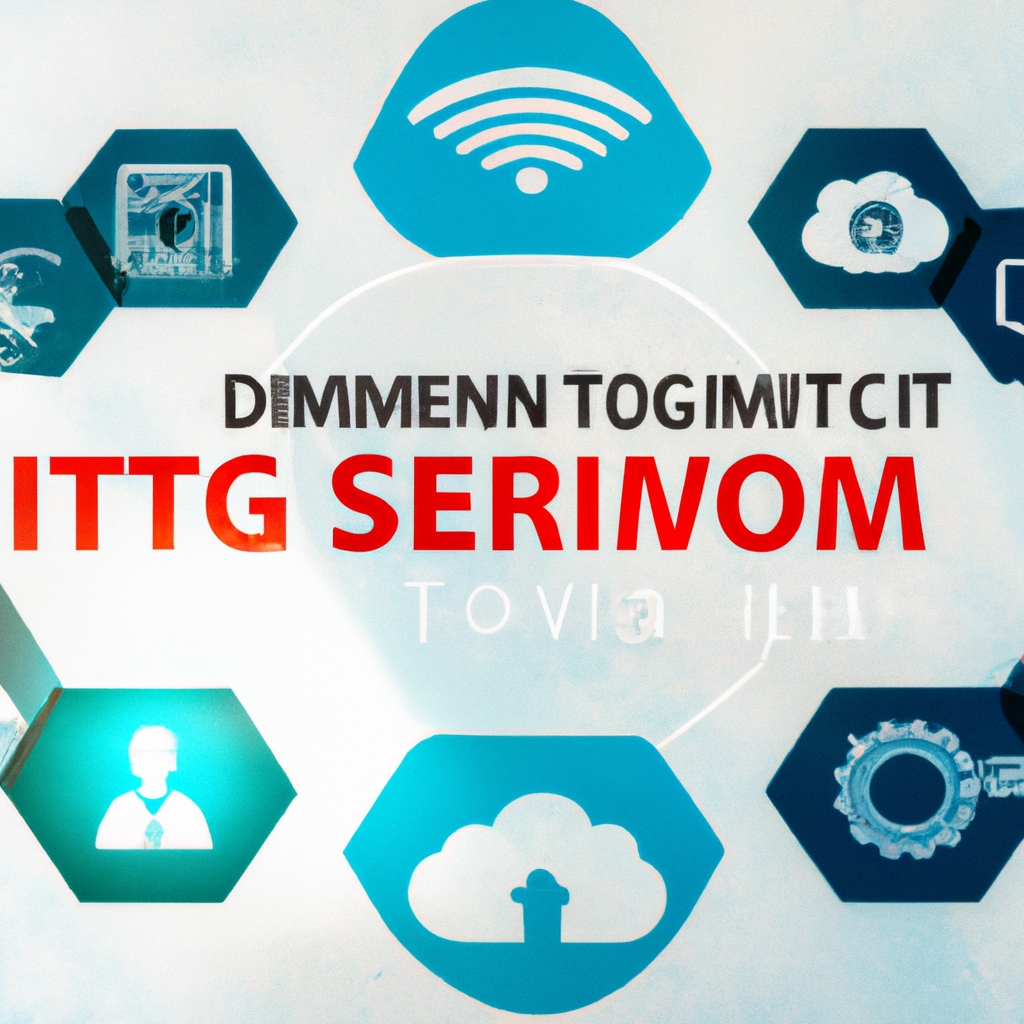In today's rapidly evolving technological landscape, effective IT service management is crucial for businesses to stay competitive and meet the demands of an increasingly digital world. In this article, we will explore the importance of implementing best practices in IT service management with ServiceNow ITSM. We will also discuss the critical role of a solution architect in navigating digital transformation within an organization. Additionally, we will delve into how ServiceNow ITSM can revolutionize your IT service management strategy, maximizing efficiency and effectiveness in meeting the ever-changing needs of your business. Join us as we uncover the key components of successful IT service management and how ServiceNow ITSM can help propel your organization forward.
1. "Implementing Best Practices in IT Service Management with ServiceNow ITSM"
Implementing best practices in IT Service Management with ServiceNow ITSM is crucial for organizations looking to streamline their processes, improve efficiency, and enhance customer satisfaction. ServiceNow ITSM is a powerful platform that enables businesses to automate and optimize their IT service delivery.
By following best practices in IT Service Management, organizations can ensure that their IT services are aligned with business goals, meet regulatory requirements, and are delivered in a timely and efficient manner. ServiceNow ITSM provides a comprehensive set of tools and features that can help organizations achieve these goals.
One key aspect of implementing best practices in IT Service Management with ServiceNow ITSM is the role of a solution architect. A solution architect is responsible for designing and implementing IT solutions that meet the specific needs of an organization. They work closely with stakeholders to understand requirements, develop strategies, and ensure successful implementation of ITSM best practices.
Through digital transformation initiatives, organizations can leverage ServiceNow ITSM to modernize their IT service delivery, improve collaboration, and enhance overall business performance. By incorporating best practices in IT Service Management, organizations can achieve greater efficiency, cost savings, and improved customer satisfaction.
Overall, implementing best practices in IT Service Management with ServiceNow ITSM is essential for organizations looking to stay competitive in today's rapidly evolving digital landscape. By working with a solution architect and leveraging the capabilities of ServiceNow ITSM, organizations can achieve their IT service management goals and drive business success.
2. "Navigating Digital Transformation: The Role of a Solution Architect in IT Service Management"
In the rapidly evolving landscape of digital transformation, the role of a Solution Architect in IT Service Management (ITSM) has become increasingly crucial. As organizations strive to stay ahead of the curve and adapt to the changing technological landscape, Solution Architects play a vital role in navigating this transformation.
One of the key aspects of a Solution Architect's role in ITSM is to ensure that the organization's IT services align with its business goals and objectives. By understanding the organization's needs and requirements, Solution Architects can design and implement ITSM solutions that drive efficiency, productivity, and innovation.
In the context of digital transformation, Solution Architects also play a critical role in leveraging technology to streamline and optimize ITSM processes. By utilizing platforms such as ServiceNow ITSM, Solution Architects can implement best practices and automation tools to enhance service delivery, improve customer satisfaction, and drive business growth.
Furthermore, Solution Architects are responsible for defining the overall ITSM strategy and roadmap, ensuring that it aligns with the organization's digital transformation goals. By working closely with stakeholders, IT teams, and vendors, Solution Architects can design and implement ITSM solutions that not only meet current needs but also future-proof the organization for upcoming technological advancements.
In conclusion, the role of a Solution Architect in IT Service Management is essential in navigating digital transformation. By leveraging platforms like ServiceNow ITSM, implementing best practices, and driving innovation, Solution Architects play a vital role in helping organizations adapt to the ever-changing technological landscape and achieve their business objectives.
3. "Maximizing Efficiency and Effectiveness: How ServiceNow ITSM Can Revolutionize Your IT Service Management Strategy"
One of the key components of successful IT Service Management (ITSM) is maximizing efficiency and effectiveness. By implementing a robust ITSM solution like ServiceNow ITSM, organizations can revolutionize their IT service management strategy and take their operations to the next level.
ServiceNow ITSM offers a comprehensive set of tools and features designed to streamline IT processes, automate tasks, and improve overall service delivery. By leveraging best practices in ITSM and utilizing the capabilities of ServiceNow, organizations can optimize their workflows, enhance collaboration among teams, and provide better support to end-users.
In today's fast-paced digital landscape, where businesses are constantly striving for digital transformation, having a solid ITSM strategy in place is essential. ServiceNow ITSM acts as a catalyst for digital transformation, helping organizations adapt to changing technologies and evolving customer demands.
As a solution architect, it is crucial to understand the capabilities of ServiceNow ITSM and how it can be customized to meet the unique needs of your organization. By working closely with stakeholders and aligning ITSM initiatives with business goals, solution architects can drive innovation and efficiency within their IT departments.
Overall, ServiceNow ITSM is a powerful tool that can revolutionize IT service management strategies and help organizations stay ahead in today's competitive landscape. By embracing best practices and leveraging the capabilities of ServiceNow, organizations can maximize efficiency, improve service delivery, and drive success in their IT operations.









